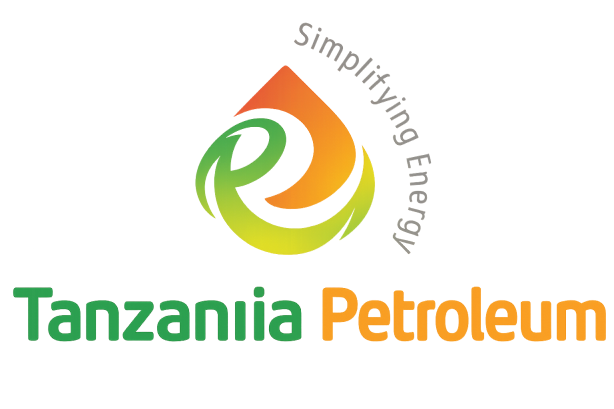Tanzania’s Next-Gen Upstream Projects: Quietly Shaping the Nation’s Energy Future
Tanzania’s upstream oil and gas sector is quietly positioning itself to significantly enhance national energy security through a series of under-the-radar projects and strategic initiatives that go beyond the well-publicized LNG mega-project).
Unlocking New Frontiers: The 2025 Licensing Round.
The most pivotal development is Tanzania’s upcoming fifth upstream licensing round, scheduled for May 2025, the first since 2014. This round will offer 26 exploration blocks-23 offshore in the Indian Ocean and 3 onshore in Lake Tanganyika.
While LNG focus on export markets, these blocks represent a critical opportunity to discover new resources that could directly support domestic energy needs and regional supply.
The inland Lake Tanganyika blocks are particularly intriguing. This rift valley basin has been largely underexplored but shares geological features with prolific East African oil provinces, offering a promising new frontier for oil exploration that has not yet captured widespread industry attention. Success here could diversify Tanzania’s upstream portfolio and reduce overreliance on offshore gas.
Strategic Emphasis on Domestic Energy Security.
Alongside exploration, Tanzania is accelerating development of existing upstream assets to boost domestic energy supply. The Ntorya Gas Field, for example, is emerging as a game-changer. With over 3 trillion cubic feet (TCF) of gas reserves, Ntorya ranks among the world’s “giant” gas fields but benefits from lower development costs and faster production timelines compared to offshore projects. Production is expected to start mid-2026 from the NT2 well, ramping up from an initial 60 million standard cubic feet per day (mmscf/d) to 280 mmscf/d within five years.
This rapid output growth positions Ntorya as a cornerstone for Tanzania’s short- and medium-term. This aligns with the Tanzania Petroleum Development Corporation’s (TPDC) newly launched 25-year strategic plan, which prioritizes rapid development of oil and gas blocks such as Mnazi Bay North, Eyasi Wembere, and Songo Songo West6.
Importantly, the plan stresses expanding pipeline infrastructure and adopting innovative gas distribution technologies like Mini-LNG and Compressed Natural Gas (CNG) to extend energy access beyond the main pipeline corridor from Mtwara to Dar es Salaam, targeting rural and industrial consumers. This signals a shift from export-centric projects to a balanced approach that ensures affordable, reliable energy for domestic growth-an insight often overlooked amid the focus on LNG .
Regulatory Reforms and Investor Engagement.
Tanzania is actively revising its upstream regulatory framework, including updates to the 2013 Model Production Sharing Agreement to create a more attractive investment climate.
In a recent update issued by the Africa Technology Conference (ATC), Eng. Charles Sangweni, the Director General and Chair of the Petroleum Upstream Regulatory Authority (PURA), emphasized the government’s commitment to enhancing investment conditions. “We are improving the investment environment, including updating our Model Production Sharing Agreement to offer globally competitive terms,” Sangweni stated in the announcement.
This regulatory modernization, combined with lessons learned from regional neighbors’ infrastructure and community engagement challenges, positions Tanzania to avoid common pitfalls and accelerate upstream development efficiently58.
Regional Energy Hub Ambitions.
Tanzania has already signed agreements to supply natural gas to Uganda, Kenya, Zambia and Democratic Republic of Congo(DRC) via a mixture of pipelines, Liquefied Natural Gas and Mini LNG systems. And with an existing 553 km gas pipeline runs from Mtwara to Dar es Salaam, Tanzania is not only securing domestic energy but also positioning itself as a regional energy hub.
The under-the-radar upstream projects, especially in Lake Tanganyika and onshore blocks, could provide the resource base to underpin this ambition, complementing LNG projects with more diversified and resilient supply sources.
Conclusion.
In sum, Tanzania’s upstream oil and gas sector is undergoing a quiet but fundamental transformation. Through strategic licensing rounds, targeted domestic gas developments, and increased production, Tanzania is laying the groundwork for a more secure, diversified, and regionally integrated energy future-one that extends well beyond the glare of LNG headlines.






